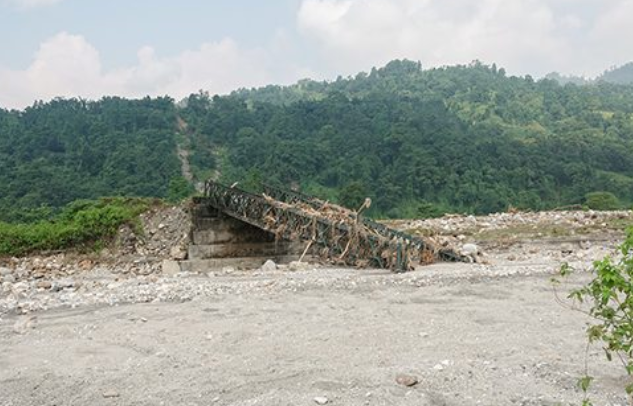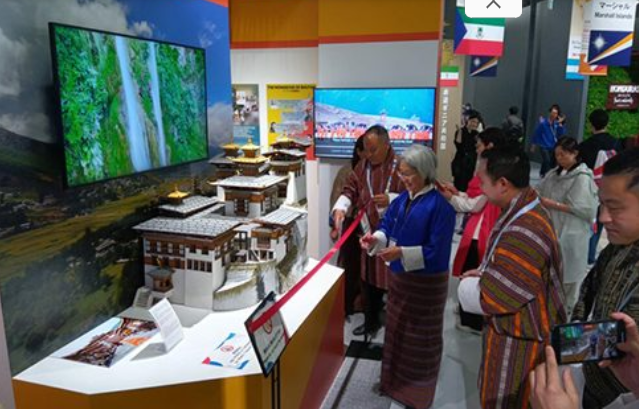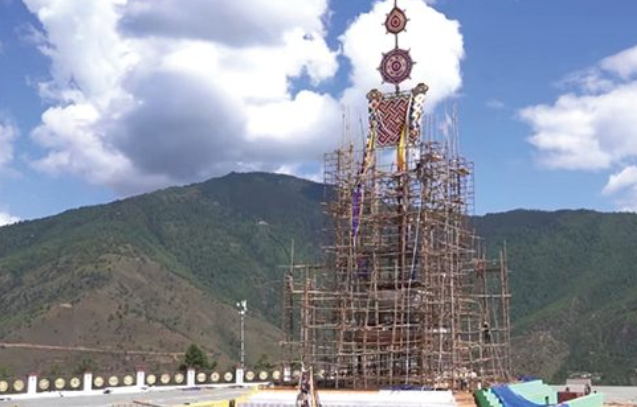
Agency: A new project has been launched to enhance the disaster resilience of critical urban infrastructure in Thimphu, Phuentsholing, and Samtse, where flood risks are high and urban populations continue to grow.
Heavy rainfall over the weekend swept through Bhutan, Nepal, and India, triggered floods that caused loss of lives and widespread damage to homes, roads, and key public infrastructure.
Several parts of southern Bhutan also reported swollen rivers, blocked routes, and damaged embankments, adding to growing concerns over the country’s exposure to climate-induced disasters.
As Bhutan continues to experience heavier and more erratic rainfall, the government is taking measures to strengthen the resilience of its cities.
The initiative is a collaboration between the Royal Government of Bhutan, the United Nations Development Programme (UNDP), and the Coalition for Disaster Resilient Infrastructure (CDRI).
According to UNDP, Bhutan is among five countries, Bhutan, Brazil, Honduras, India, and Sri Lanka, that received funding under the first call for proposals of CDRI’s Urban Infrastructure Resilience Program through the Infrastructure Resilience Accelerator Fund (IRAF), supported by the Government of India.
It aims to integrate disaster-resilient planning into city development to ensure that infrastructure systems can withstand the impacts of extreme weather.
According to UNDP, “A new project is underway supported by CDRI and UNDP, aimed at enhancing the disaster resilience of critical urban infrastructure systems in Thimphu, Phuentsholing, and Samste.”
The move follows a series of flood incidents, including the major flash flood that struck the Dechencholing community in Thimphu last summer, and the recent heavy rainfall that triggered flooding across the country this year.
With climate-related disasters becoming more frequent, authorities are prioritizing stronger infrastructure and better preparedness in urban areas.
The project, led by the Department of Local Governance and Disaster Management (DLGDM), will strengthen the flood resilience of critical urban systems in the three cities, home to over a quarter of Bhutan’s population.



